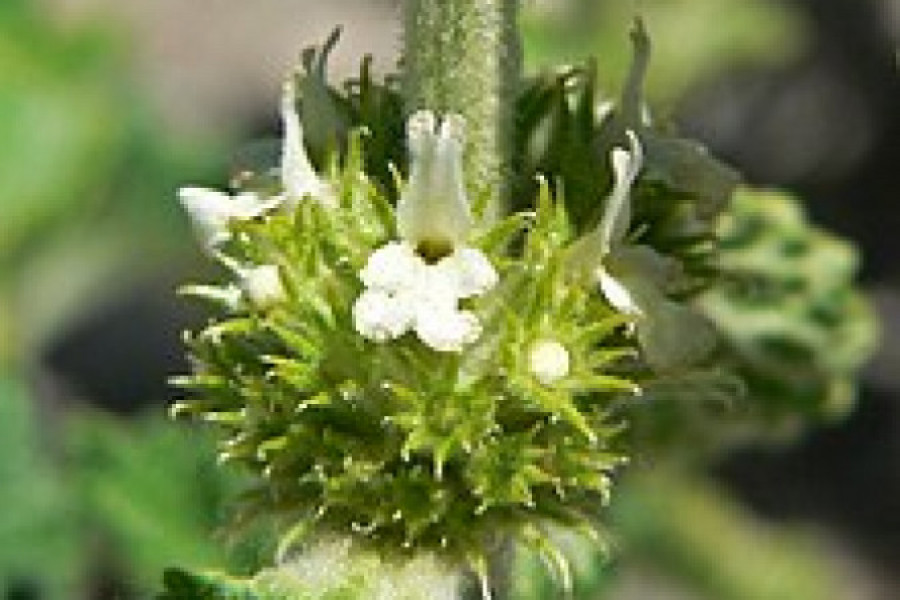The stems of a herbaceous plant are vertical, branched, light green in color, covered with dense villi. At the base of the leaf are 10-15 inflorescences, forming a bouquet of false flowers. They are spherical, long, light yellow in color. The fruits are oval, obtuse-triangular, glabrous, smooth, often dark brown capsules about 2 mm long. The plant loves to grow in the foothills, gravelly slopes, valleys, near roads and springs, in valleys and slopes, among junipers. The plant flowers in May-August and bears fruit in June-September. Enough supplies for medicinal purposes. Mostly concentrated in the central Kopetdag. The green part of the plant serves as a raw material for medicinal purposes. The plant should be collected during flowering and dried in the usual way. Store raw materials in a cloth bag. Shelf life 2 years. The plant contains alkaloids and other nitrogen-fixing compounds: 0.16% choline, stahydrin, 0.4% essential oil, vitamin C, coffee phenolcarboxylic acid, flavonoids, anthocyanins. The seeds have a high level of fatty acids. In folk medicine, a decoction made from the green part of the plant is used for acute respiratory and throat diseases. The juice obtained from the green part of the plant is used as an analgesic, hypotensive agent. In Turkmen folk medicine, tincture and decoction of the plant are used for gastrointestinal disorders, coughs and liver diseases. A tablespoon of Marrubium anisodon should be soaked in a glass of hot water and left for 30 minutes. Strain through cheesecloth and drink 1 tablespoon 3 times a day before meals.




